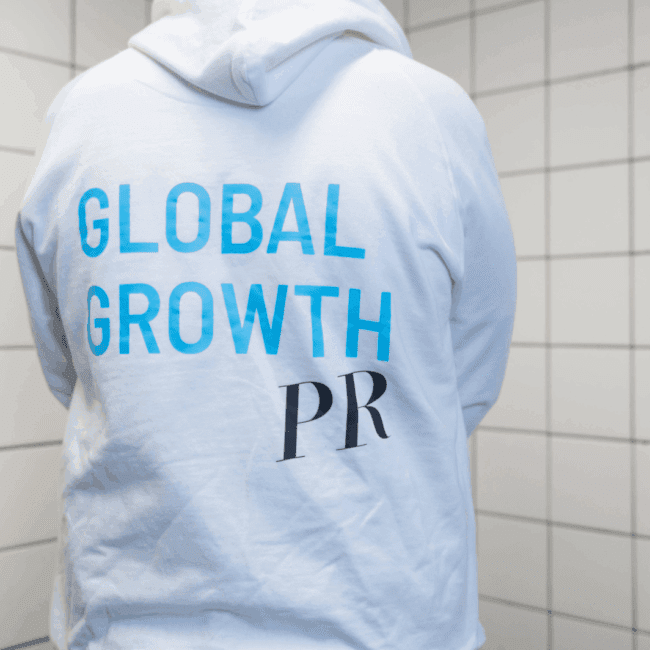At the Startup Extreme event in Norway this spring, we hosted a bonfire session about startup PR. Coverage in top media can be the difference between anonymity and growth for a startup and help you stand out from the competition. However, many startups struggle to get in simply because they don’t know how to do it right. Rather than telling you what to do, we decided to tell you what NOT to do. Here’s an essential list of things you need to avoid if you want top media coverage.
You only talk about yourself
This is one of the most common mistakes startups make. We get it. You’re so into what you’re doing, and surely everyone else will be excited by what you make. Wrong. There’s nothing less flattering than only talking about your own milestones. Instead, you need to put your news into context. Why does it matter that you launched a new language-learning platform? Well, statistically, most people struggle to learn a third language, and 39% of respondents to this new survey state that there is too much focus on written, formal language. See how that suddenly made it more interesting?



